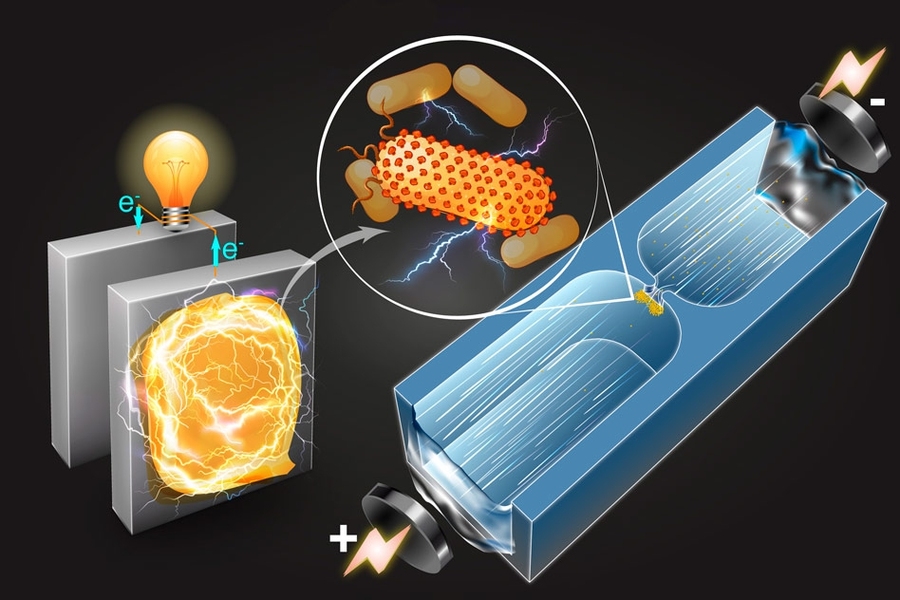The bacteria really powering the Green Revolution in personal electronics
AMHERST, Mass. – Researchers at the University of Massachusetts Amherst recently announced their discovery on how to engineer a biofilm that harvests the energy in evaporation and converts it to electricity. In Nature Communications, the biofilm is claimed to be able to revolutionize the world by powering most electronics devices used in daily life.
“It is real green energy, and unlike other so-called ‘green-energy’ sources, its production is totally green.” says Xiaomeng Liu, graduate student in electrical and computer engineering in UMass Amherst’s College of Engineering and the paper’s lead author.

Geobacter sulfurreducens is also known as “microbial batteries” where it previously used to power electrical devices. However, it is not sustainable as need to keep the bacteria alive with proper care and constant fed. This new biofilm on the other hand can operate without the bacteria being alive and produced energy continuously without any fed.
“We’ve simplified the process of generating electricity by radically cutting back on the amount of processing needed. We sustainably grow the cells in a biofilm, and then use that agglomeration of cells. This cuts the energy inputs, makes everything simpler and widens the potential applications.” says Derek Lovley, Distinguished Professor of Microbiology at UMass Amherst and one of the paper’s senior authors.
The biofilm generate energy from the moisture on your skin such as sweat by “plug-in” and convert the energy locked in evaporation into enough energy to power small devices. Unlike batteries which need to be changed or charged, biofilm generates a continuous and steady supply of electricity and which can be worn, like a Band-Aid, as a patch applied directly to the skin.
“Our next step is to increase the size of our films to power more sophisticated skin-wearable electronics,” says Yao, and Liu points out that one of the goals is to power entire electronic systems, rather than single devices.
This research was conducted by the Institute for Applied Life Sciences (IALS) at UMass Amherst, which derived from deep and interdisciplinary expertise from 29 departments to translate fundamental research into innovations that improve human health and well-being.
Also read Emergence of Nuclear Diamond Battery on how we turn a long-term problem of nuclear waste into a nuclear-powered battery and a long-term supply of clean energy.”

